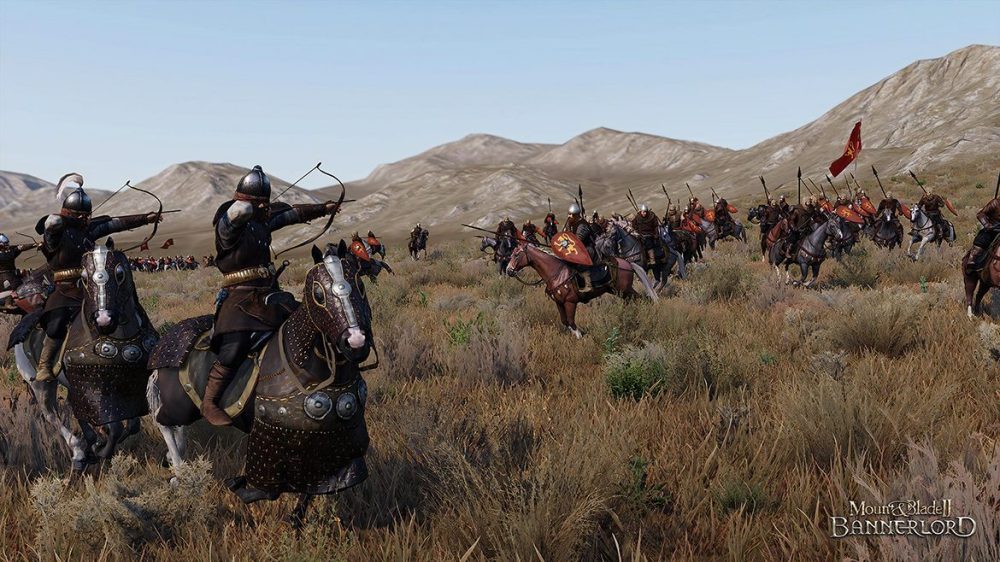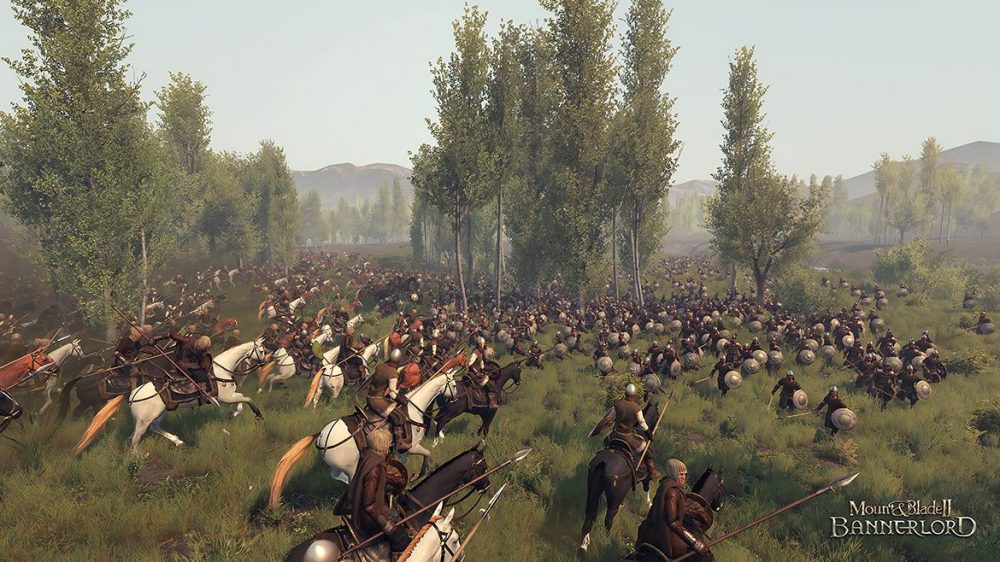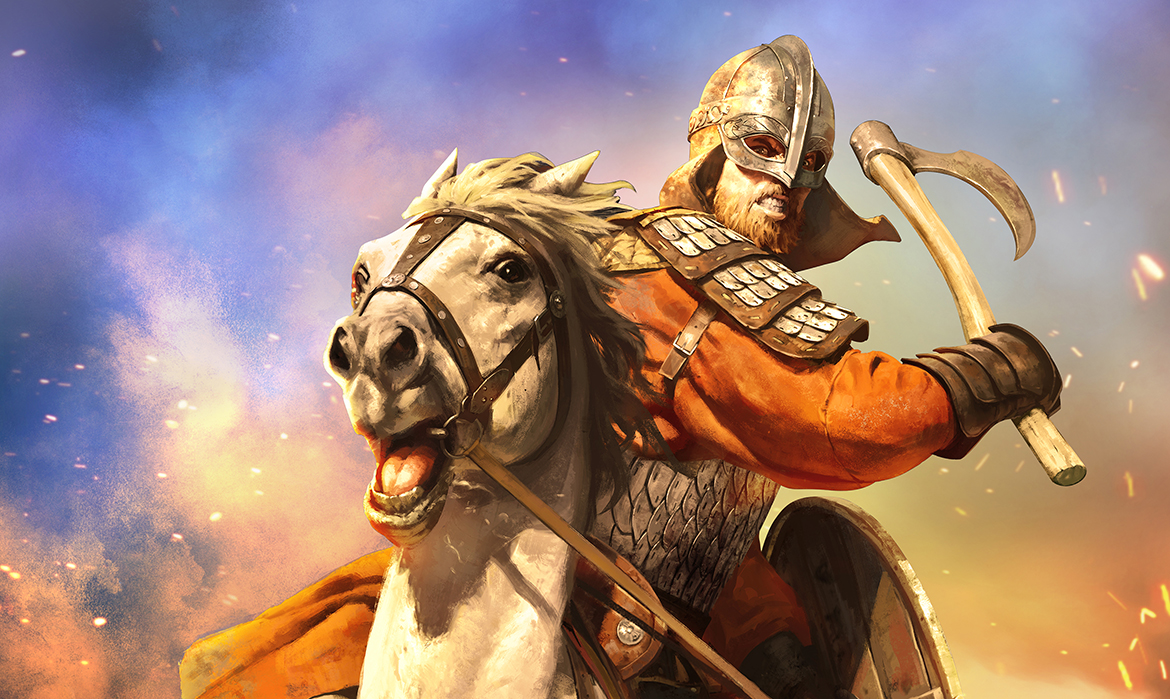TL;DR
Mount & Blade II: Bannerlord drops you into a vast medieval world where your choices truly matter, from creating a highly customizable character to forging your path through conflict or diplomacy. It's a deep RPG with a compelling sandbox experience, allowing you to build armies, undertake quests, and shape your destiny. While the character creator and world are impressive, the combat, particularly mounted, can feel clunky and less skill-based than desired. Plus, remember to save your progress manually – a lesson learned the hard way! Discover if its ambitious scope outweighs its rough edges. Read on for the full breakdown.
In Mount & Blade II: Bannerlord, player choices have significant consequences, shaping the narrative from character creation to their eventual demise. After crafting your character, you’ll explore Calradia, a fictional land inspired by the medieval era. Training is paramount before venturing into this realm; you can adopt a peaceful approach or engage in conflict with neighboring villages. Recruit soldiers to steadily build your army. As with most sandbox games, Bannerlord offers numerous side quests alongside the main storyline, allowing you to define your progression and forge your own destiny. Cultivating relationships with your surroundings is as crucial as mastering combat skills with sword and bow.

Mount & Blade II: Bannerlord is set 200 years prior to Mount & Blade: Warband, released in 2010. While I haven’t personally played Warband, observations suggest both titles share a similar core design. Initial trailers might suggest a strategy focus, but Mount & Blade II: Bannerlord is fundamentally a role-playing game with a high degree of customizability. Starting with selecting your character’s faction, the game allows for detailed avatar creation, with extensive control over facial and bodily features. The subsequent step involves defining your character’s upbringing, choices that directly influence their in-game abilities. I found myself quickly engrossed in creating an avatar closely resembling myself, achieving a remarkable level of accuracy.

Next, players can hone their combat skills in a dedicated training area. This expansive zone allows for practice with various weapons and mounted combat techniques. While tempting to immediately begin the main game, returning to the training area later can be beneficial.
With training complete, you can begin exploring the game world. You can choose to interact with nearby villages in an aggressive or helpful manner. Attacking a village alone is generally ill-advised, so early gameplay often involves accumulating wealth to recruit additional warriors. The environments exhibit a reasonable level of detail, though the game’s visuals do betray its age somewhat. The animations appear simplistic, contributing to an overall sense of stiffness in the presentation.

Even with peaceful intentions, conflict is often unavoidable. I quickly found myself engaged in combat with pirates. Initially, mounted combat feels more dependent on luck than skill; successfully striking, let alone eliminating, enemies proves challenging. The game mechanics in this area feel underdeveloped, often resulting in chaotic and uncontrolled movement rather than strategic fighting. After an unsuccessful encounter, I ceased playing with the intention of resuming later.

Upon restarting the game, I discovered that all previous progress had been lost. The game apparently requires manual saving, a practice largely abandoned in modern game design. Consequently, I was forced to restart from the beginning.
In conclusion, Mount & Blade II: Bannerlord offers an impressively expansive world with an engaging narrative. However, its gameplay mechanics leave considerable room for improvement. The experience is therefore uneven, with notable strengths and weaknesses, resulting in a middling overall assessment.
Taleworlds provided a review code for this evaluation. Provision of review materials does not influence our editorial assessments.
